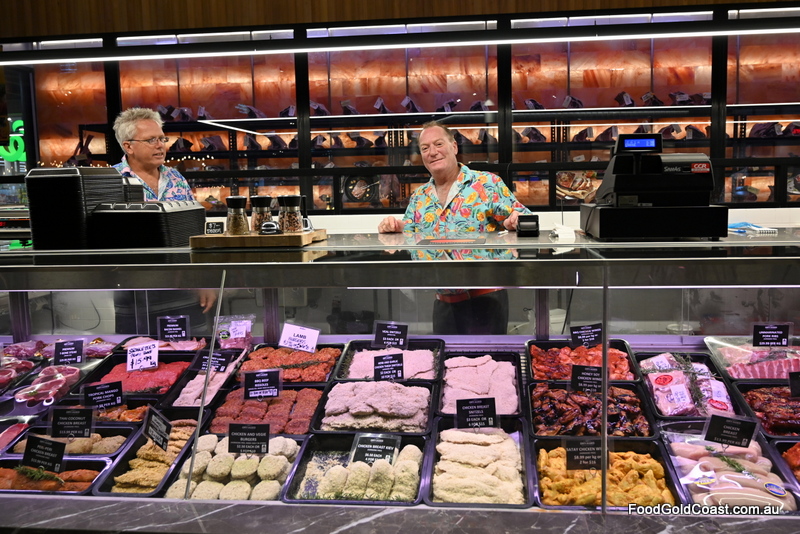The lick of the flame, the coil of smoke… cooking with fire is elemental.
In his book, Cooked, American author Michael Pollan wrote: “When we learned to cook is when we learned to become truly human.”
For most of the history of humankind, the use of fire has shaped the food we eat. Primitive hearths date back to the Paleolithic era, with flames and coals dominating cooking methods for thousands of years. The fire was the centre of social action, the place where story and heritage were shared. In its original meaning, ‘keeping the home fires burning’ was of prime importance: the need to diligently maintain the flame without letting it go out. Fire maintained life.
All that changed with the invention of the gas stove 150 years ago. However, an estimated 3 billion people worldwide still cook their meals over open fires, with various methods of cooking over fire, coals, charcoal and smoke pervading many cultures. From South America where gauchos roasted meat on fires at the end of a day’s droving to Maori and Polynesian hangis and earth ovens and Asian street food, worldwide fire and coals are used for cooking.
Resurgence of cooking with fire
Fire is where the action is. It’s challenging and mesmerising, demanding our constant attention. It also connects us to the traditions of cooking and the origins of our food.
We are beckoned to The Lamb Shop in Broadbeach by the aromas wafting out into the boulevard, meat roasting slowly on a spit over high grade charcoal.
From the 17th century BC, Greeks skewered meat and grilled it over hot coals, the origins of today’s souvlaki. In many areas, meat was a delicacy, with olive oil and herbs flavouring a plant-based diet grown on the hills around them. Terrain and climate dictated the meat available: goat, lamb, chicken and fish rather than beef.
The Lamb Shop pays homage to the farm workers, butchers and cooks who brought food to the family table through love and necessity. Farmers. Butchers. Chefs.
“Cooking with fire gives you an element of flavour that no other cooking method can,” says The Lamb Shop’s Head Chef Chris Ginley. “We get lots of quality into the meat through the smoky charcoal.”
He tells us of the attention put into the fire, using the hot embers from the night before, removing the ash and rebuilding the fire each day with Gidgee hardwood charcoal. After 30 minutes the fire is ready. Shoulders of Junee lamb are marinated for 24 hours, then slow-cooked over charcoal for 4 to 5 hours, basted constantly during cooking to give the textured layers of flavour and smokiness that we love in Greek grilled meat.
From time to time we’ve seen South American style churrascaria on the coast, a Spanish Asador grill at Mavis’s Kitchen, where whole or half beasts are cooked over coals and several Asian restaurants where hibachi grills are used.
Yamagen’s chefs are on display as they work at smoking grills in a glass-enclosed room cooking on the Robata grill. Mouth-watering chicken yakitori, pork belly and locally-sourced haloumi are served as kushiyaki (grilled share dishes), and one of their defining dishes, Master Kobe Wagyu, is the best beef that money can buy.
“At Yamagen, we use Binchotan charcoal sourced from Japan,” says Executive Chef Adam Lane. “We have six Robata dishes that we cook over the charcoal on high heat. The flame sears the outside and locks the smoky flavour which gives each dish the most incredible taste.”
We can thank Henry Ford and his friend Thomas Edison for the barbeque. With a group of friends called The Vagabonds, Ford and Edison would take off every year on a camping trip armed, amongst other things, with brickettes to light a fire. However, it wasn’t until the 1950s with the invention of a Weber that the barbeque became popular, now a permanent fixture in many backyards.
While many barbecues today are fired by gas, lots of people across the coast are experimenting with coal barbecues, smokers and low and slow cuisine.
“Feedback from our customers has changed completely,” says master butcher Ian Farrelly, manager of Westfield Coomera’s Miller’s Gourmet Butcher, who specialise in dry-aged meat. “Talk at the butcher shop used to be about snags and chops. Now people want to buy the best meat they can afford. They want to know whether it’s grass fed, where it comes from, and they talk to each other about how they’re going to cook it, what barbecue or smoker they own and how they use it,” he tells us.
“95% of the best steak in restaurants is cooked over charcoal,” Ian says. “Buy the best meat that you can afford to cook, and you’ll get the best results possible.”
Ian gives us a few tips on a great home barbecue:
Choose a good rib fillet, which breaks down nicely to be tender and flavoursome. (Rump is also good for the budget-minded, he says.) Rub in salt and pepper or a rub if you prefer. Heat your barbeque to 160 – 180 degrees C. Then, cook your steak for 2 – 3 minutes per side on an open grill. Serve with salad.
“I absolutely love cooking with fire,” Yamagen’s Executive Chef Adam Lane tells us. “There’s something so primitive about it. At home, we have a wood fire BBQ and it’s an experience for the whole family. I chop the wood myself and build the fire from scratch, which is so rewarding. There’s an art to cooking with fire and once you master it, it’ll reward and satisfy you time and time again.”
NOTE: This article was first published in The Cove magazine.












